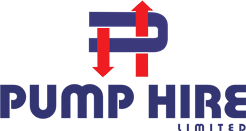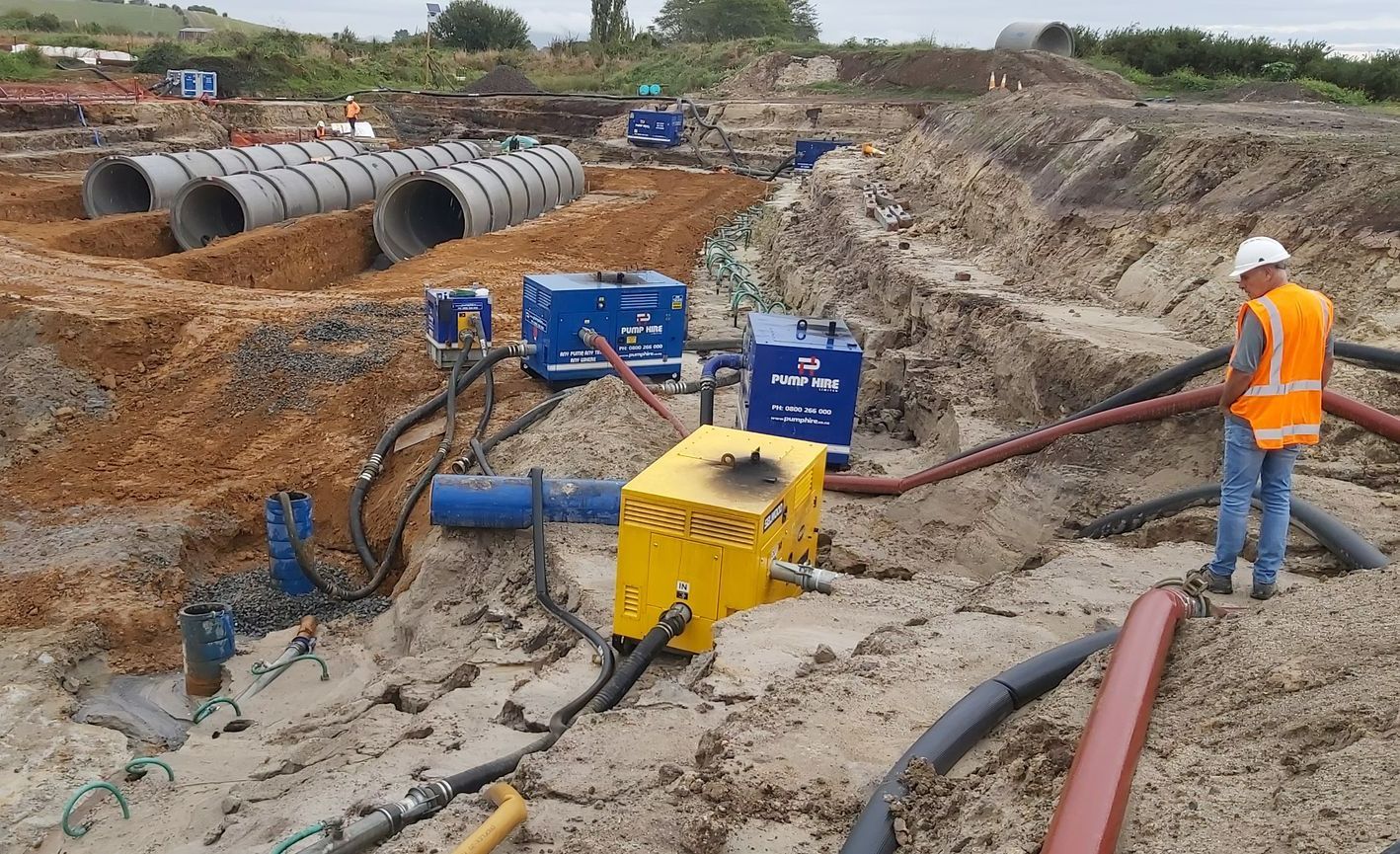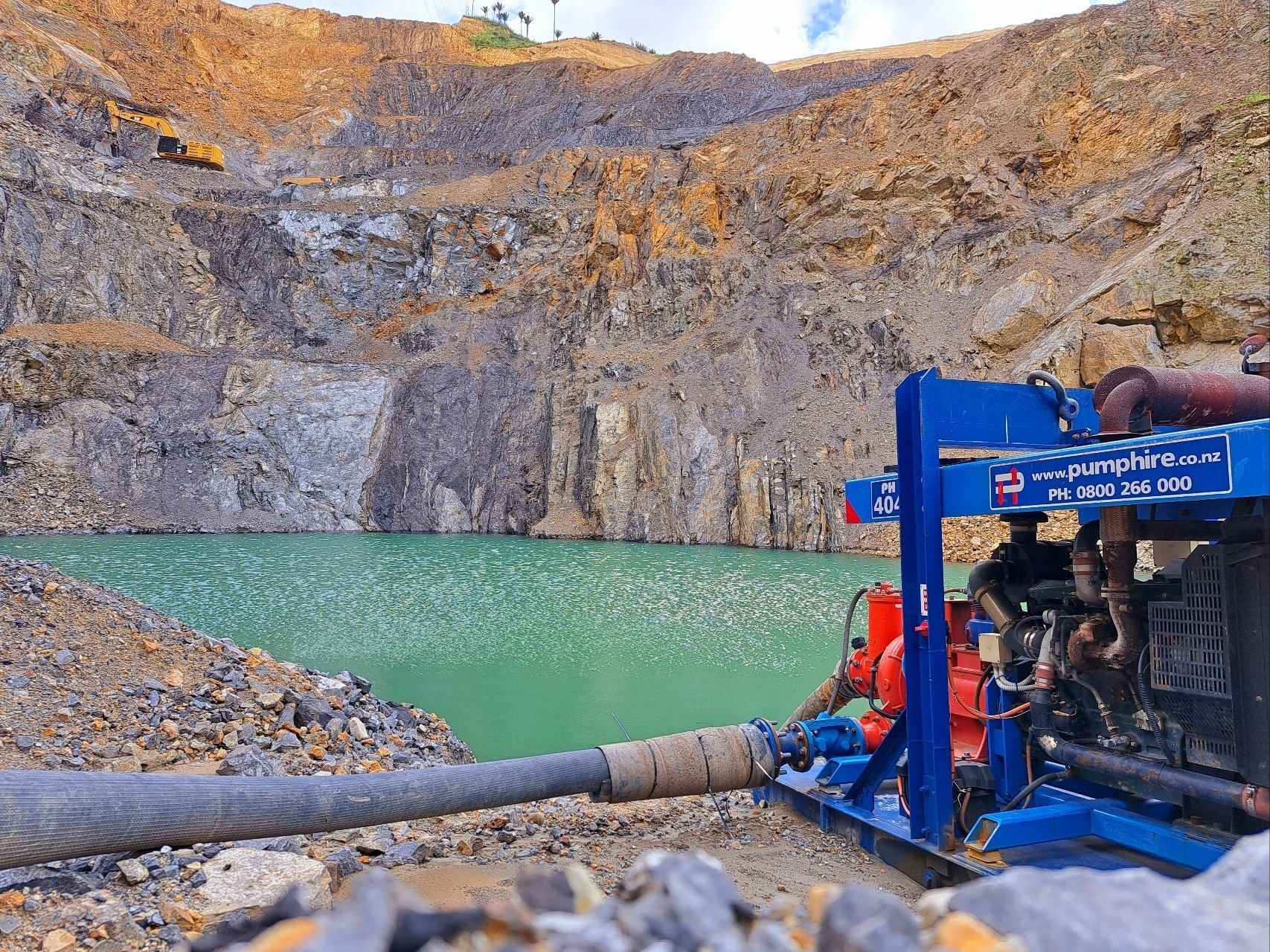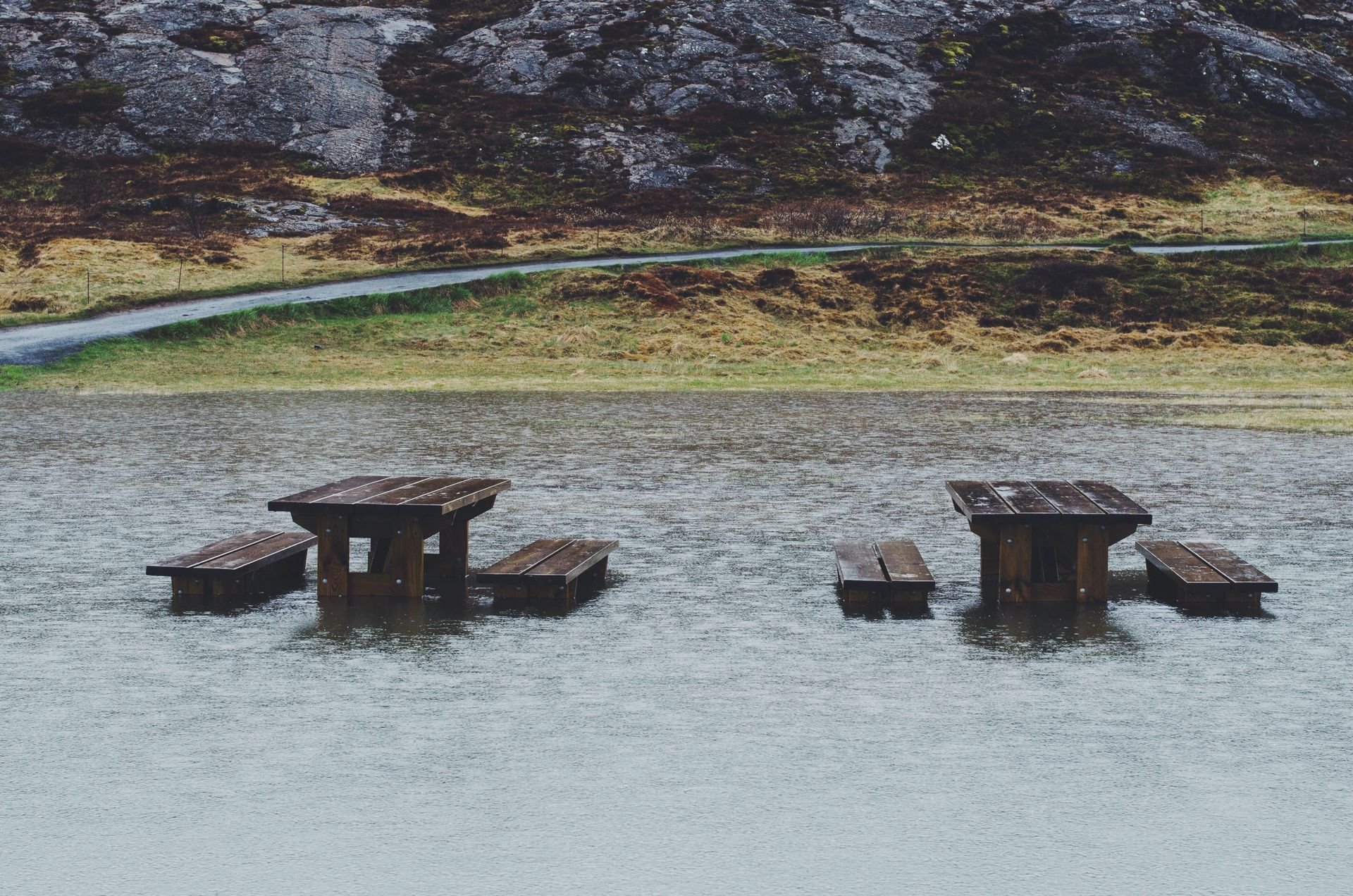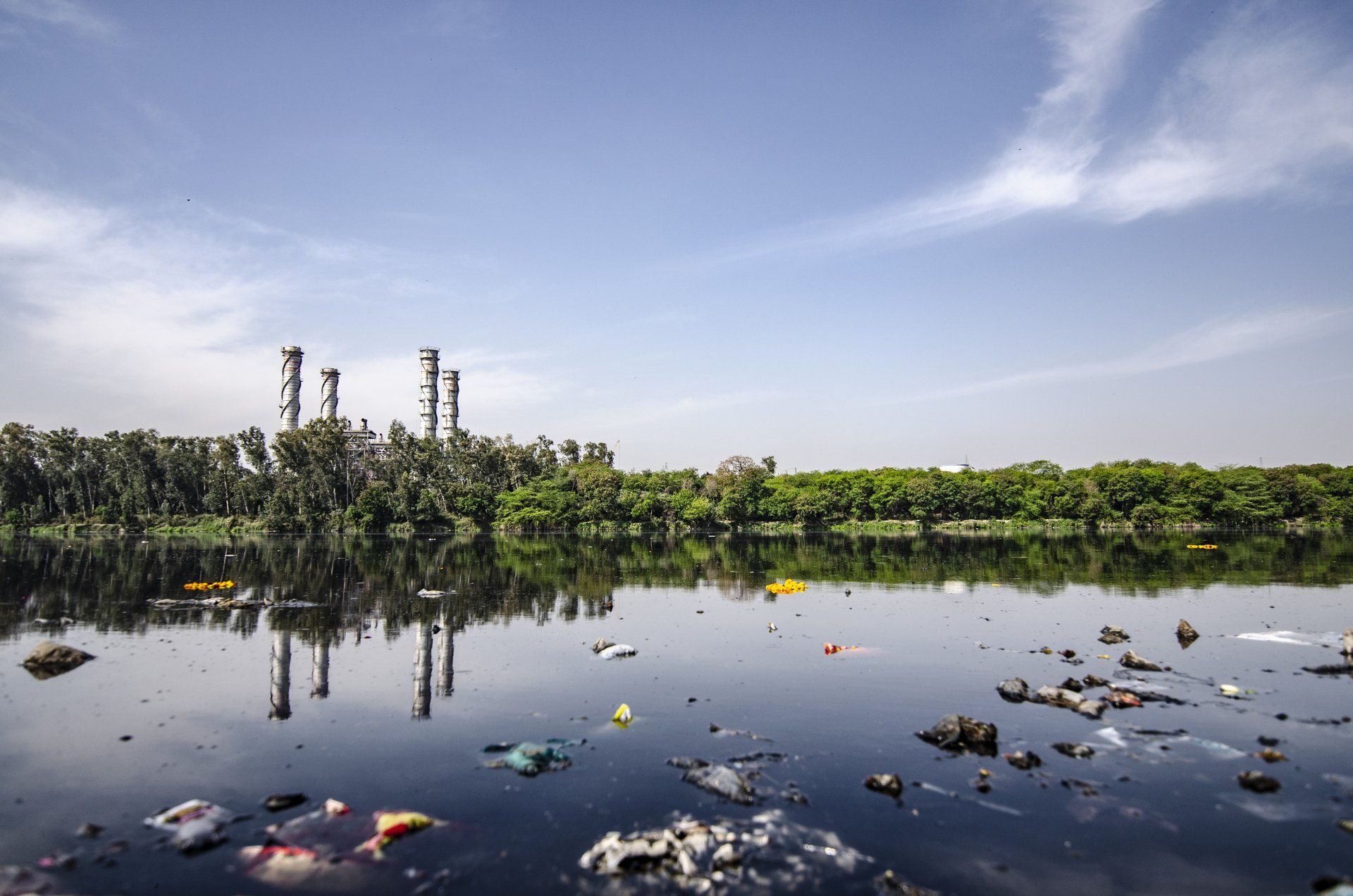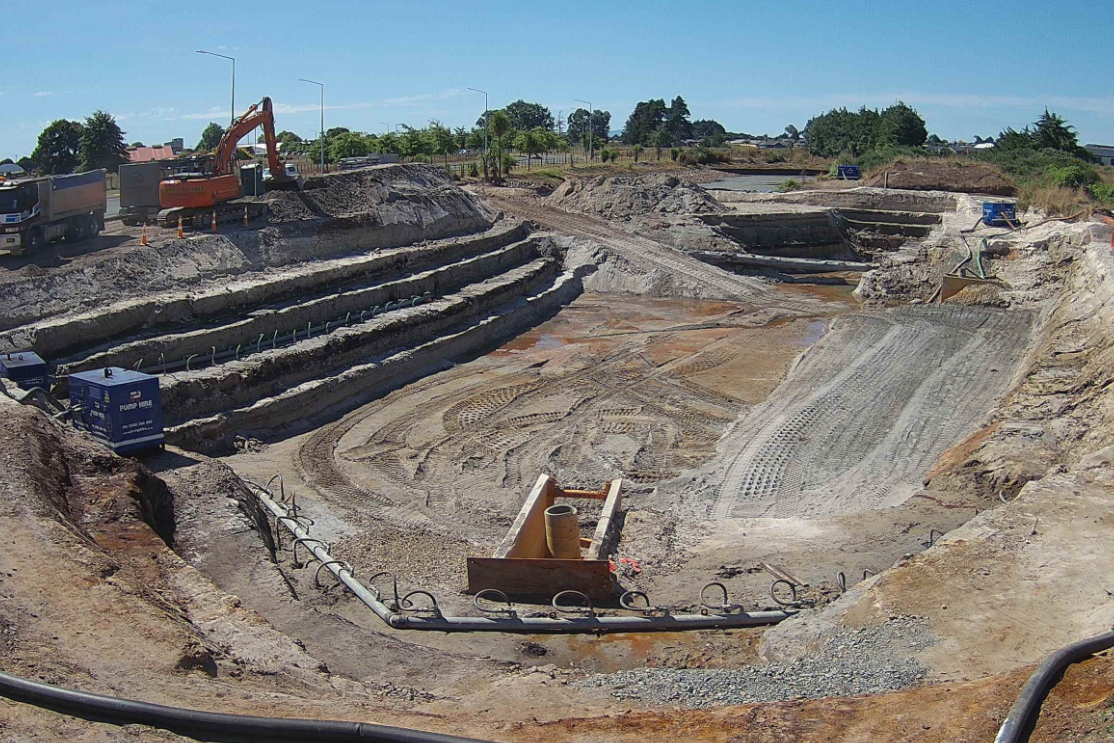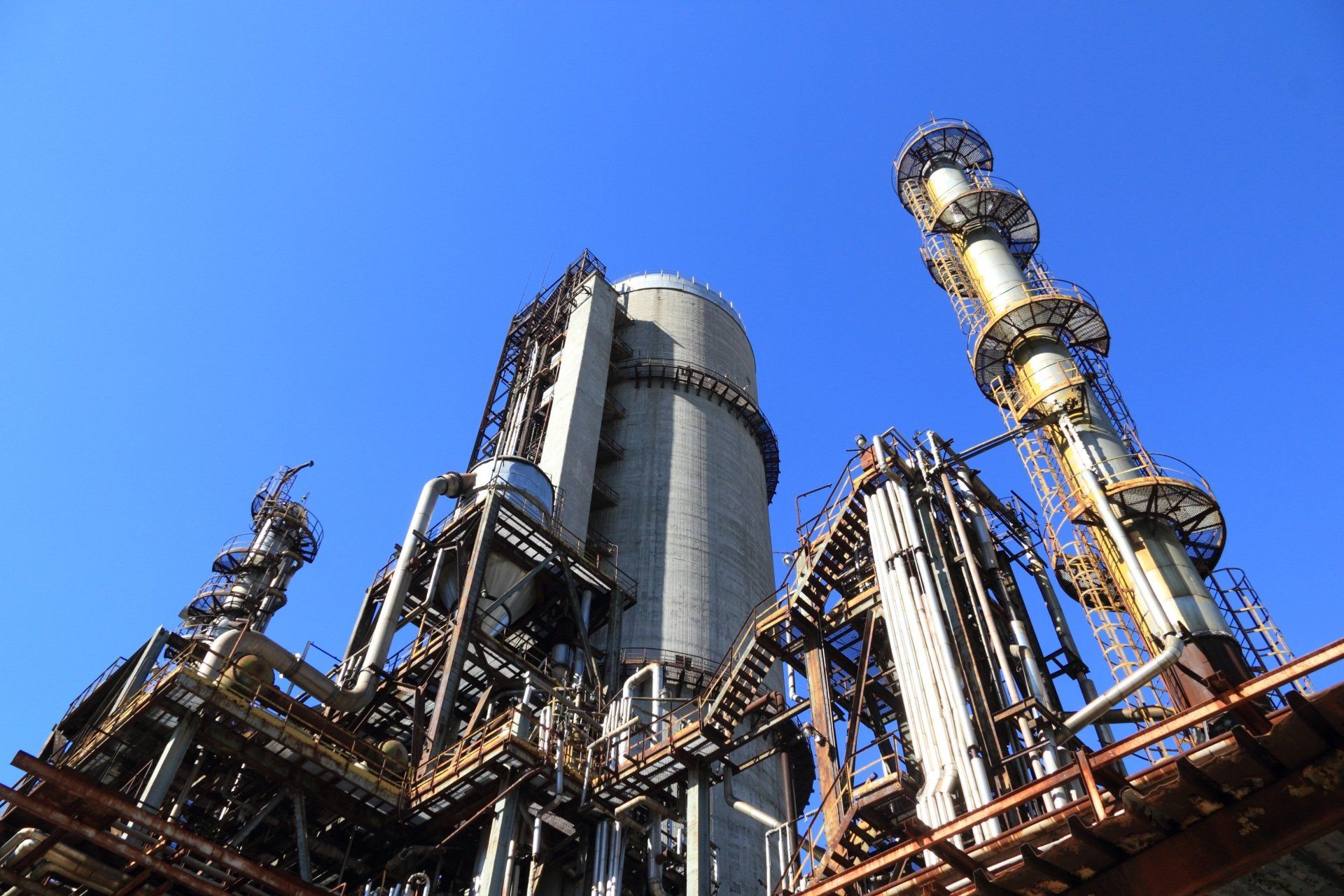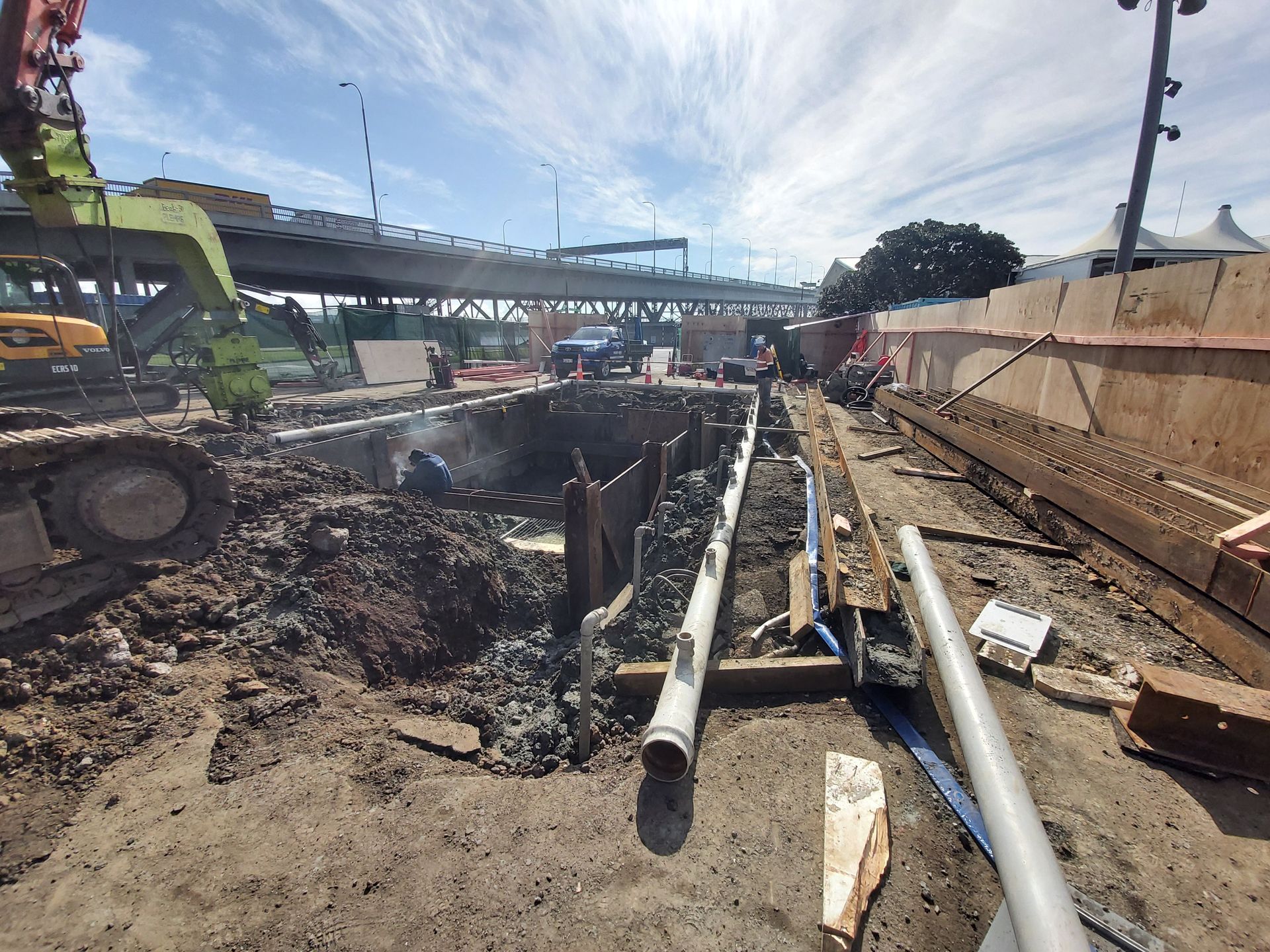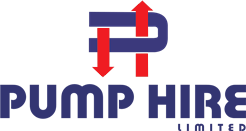We are your Pump Hire Specialist - with our qualified team we are sure to find the right customised solution for you.
Get in touch with one of our pumping experts today.
Civil and Construction
As Civil & Construction is an ever-growing sector in New Zealand with rising demands, we have been able to successfully supply our customers with the right gear for their jobs. Beyond pumps we also offer additional equipment, to supply a customised solution. In our fleet we have different options for hire available just to name a few below
- Diesel Surface Pumps
- High Head Diesel Surface Pumps
- Trailer Mounted Pumps
- Generators
To meet the ever-rising Health and Safety & Environmental standards, our experts ensure the choice of the most environmentally friendly and efficient equipment suitable. We offer a wide range of additional equipment for hire for example flow meters, strainers, adapters, high pressure pipes and hoses etc.
- General Pit De-watering
Most of our clients use our High Head Pumps to pump contaminated or clear out of their mining work site. - Mines & Quarries
We can assist with de-watering and wash plant setups, as well as controlling slurries and slimes, de-sludging water reservoirs, and environmental protection Tunnels. - Underground Mining
Managing water flow at the mining site and disposing of drilling fluids. Retrieving valuable ore concentrate from settling points and transition zones. - Effluent Control and Water Treatment
- Pollution Control
Our pump set ups are able to remove surface water and oil from places like dams, workshops, reservoirs and sumps. - Removal of Slimes & De-sludging
We can provide assistance with managing water and settled waste levels in slimes dams, ensuring the stability of retaining walls and bunds through de-watering. Also dredging settlement ponds, as well as controlling sludge and sand buildup. - Emergency collection of spills
Emergency Response
Civil Defence
- Emergency water supply
- Emergency flood control
- Supply of fire fighting water
- Forest fires
- Tanker filling
- Emergency chemical and hazardous material wash downs
Civil defence is the organisation dealing with civil emergencies on land and river areas. To cover for many civil defence situations, long difficult suction lines to gain water for fire and dosing; to aid in times of flood; to transfer fuel and potable water; to reduce water pressure on land slides and to control rising waters.
Municipal
- Flood Control
Mud removal and general over pumping. - Tanker and Vehicle Accident
Emergency and general sump pumping. Flooded basement and street pumping; removal of flood water and sewage.
We have got you covered for emergencies 365 days a year!
Dewatering Solutions
Whether you are preparing a construction site or excavation a new pipeline trench, dewatering is an essential part of the process.
The presence of underground water is a major obstacle, adding various unnecessary risks, costs and delays to the project. Simply removing the visible groundwater is not always enough, as seepage can compromise the stability of excavation slopes.
To ensure that this does not happen, lowering the groundwater levels through pre-drainage is often necessary.
Our specialized team at Pump Hire can help you find the right application and solution for your work site. We can also assist in managing the dewatering project from beginning to end with our expertise.
Pump Hire Ltd has a full range of well pointing equipment including some of the following
- Centrifugal and Piston Pumps available
- Capacities ranging from 90m3/h - 586m3/h
- Steel/HDPE risers with wedge wire screens
- Galvanized dewatering spears
- Clear plastic swings with ball valves
- Steel/HDPE header pipes
- Full range of Jetting equipment for spear installation
Well Pointing Dewatering is an efficient method to lower the ground water table in excavations.
Industrial / Manufacturing
- De-watering
- Reservoir Cleaning
- Paper and Pulp Industry
- Factories & Industrial
Oil & Water separators; Water treatment; Waste Water Control - Mines and Slimes Dams
- Power stations
- Filling of tankers
- Steel and Aluminium Plants
Slurry & Sludge
Specialised Pumping Solutions
- Municipal
- Power Stations
- Sewage and Water Treatment
- Tunnels
- Mining
- Effluent Control
separating solids from water for recycling;
Stormwater and control of the pit roadways
We offer a wide variety of pumps that cater to a diverse range of purposes, including the removal of sludge, slurry, silt, and settlements. Our pumps are also capable of handling drilling fluids and industrial waste water from manufacturing processes.
